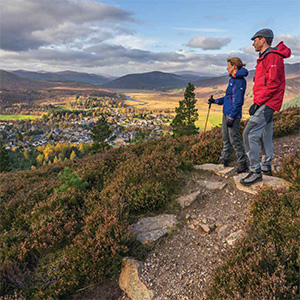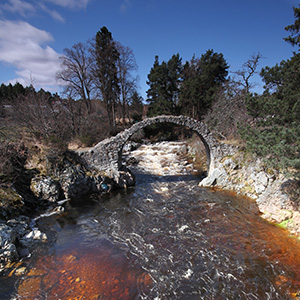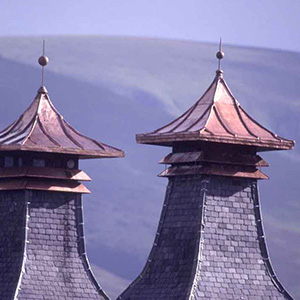Priority 1: Supporting Landscape Scale Collaboration
The large extent of the National Park and the exceptional size and quality of its habitats mean we have the opportunity to make a major contribution to national biodiversity targets on a large scale
To make a major contribution to national biodiversity targets we must support practical collaboration across land ownership boundaries and bring together the efforts of many organisations to integrate different objectives.
The focus of action during this Plan period will be to support collaboration that delivers:
- Woodland expansion targets – we aim to contribute 5,000 Ha towards national targets in the next five years by improving connectivity between existing forests and encouraging more productive, riparian, montane and farm woodland;
- Peatland restoration targets – we aim to contribute 5,000 Ha towards national targets in the next five years;
- River restoration and wetland enhancement – we aim to develop significant projects to restore functioning floodplains and enhanced wetlands that will assist flood management and habitat improvements;
- Designated site targets – we aim to increase the proportion of designated sites in favourable condition from the 2017 baseline of 81.8%.
Preferred Areas for Targeting Woodland Creation
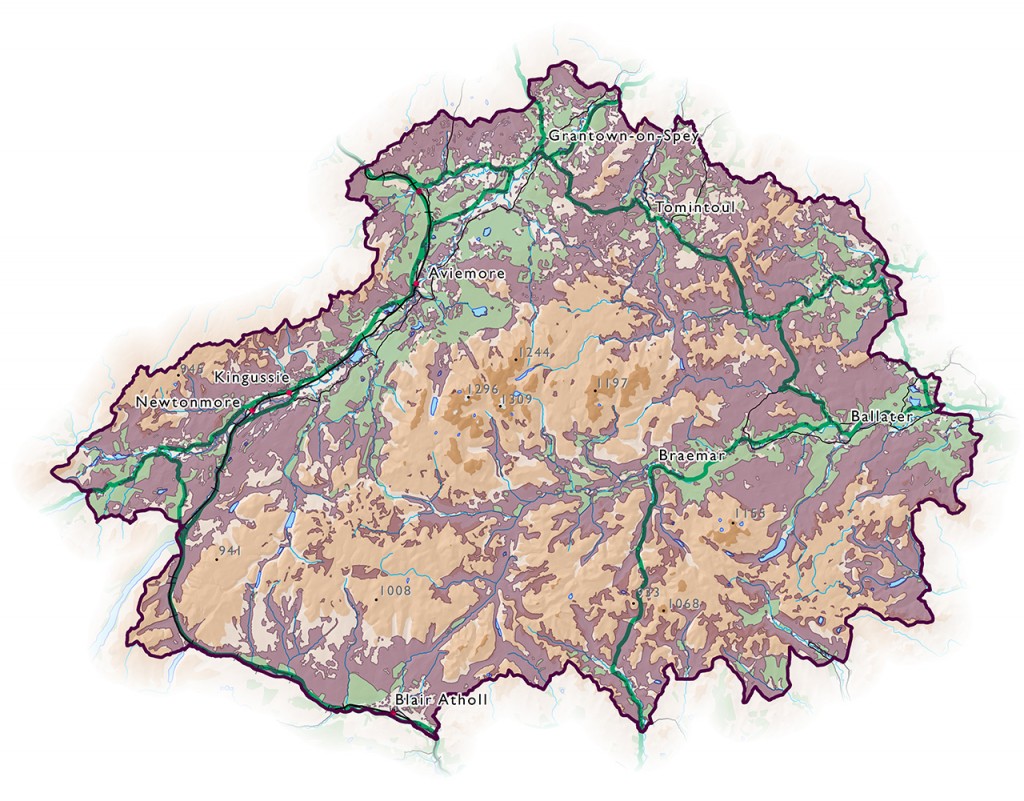
![]() Preferred Areas For Woodland Creation
Preferred Areas For Woodland Creation ![]() Existing Woodland
Existing Woodland
Reproduced by permission of Ordnance Survey on behalf of HMSO. © Crown copyright and database right 2017. All rights reserved. Ordnance Survey Licence number 100040965 Cairngorms National Park Authority. © FCS, JHI, FCS.
Agenda For Action
- Target effort and support to the most effective opportunities to deliver the public interest priorities such as woodland improvement and expansion, peatland restoration, flood risk management.
- Support and further develop the role of catchment partnerships as mechanisms to co-ordinate land use planning, and identify priority areas for natural flood management.
- Support land owner led collaborations to co-ordinate planning, delivery and monitoring across multiple land holdings, including Cairngorms Connect and the East Cairngorms Moorland Partnership.
- Co-ordinate habitat, recreation and development management to secure the capercaillie population through delivery of the Capercaillie Framework.
- Deliver co-ordinated conservation action through the Tomintoul and Glenlivet Landscape Partnership.
- Develop a regional Natura Plan for the suite of Special Areas of Conservation (SACs) and Special Protection Areas (SPAs) in the Cairngorms National Park. The plan will address conservation objectives, measures, and priorities for the suite of sites. It will seek to enhance delivery of favourable condition and integrate site management with broader conservation objectives beyond the designated sites.
- Plan proactively for the potential and management implications of beaver populations.
- Consider options to provide appropriate public recognition where large areas of land are managed for nature conservation.
- Continue to direct public funds to support delivery of public benefits and explore new opportunities for funding including, for example, carbon management and voluntary conservation contributions.
Natural Flood Management Priority Areas
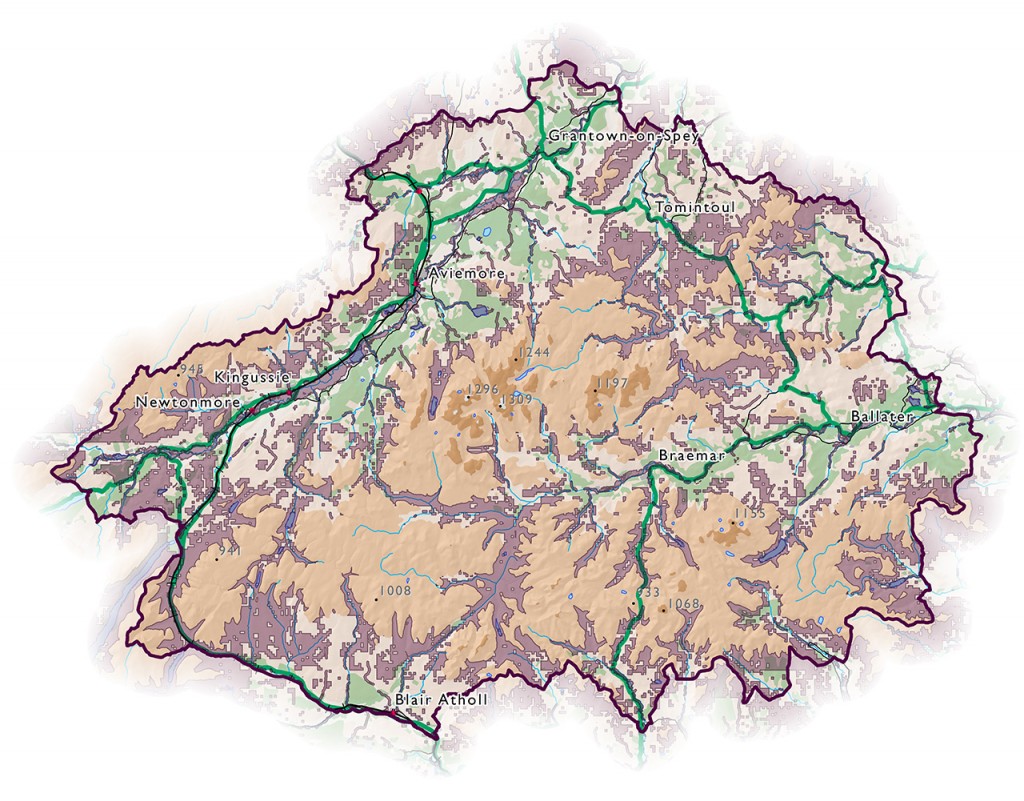
![]() Natural Flood Management Priority Areas
Natural Flood Management Priority Areas
Reproduced by permission of Ordnance Survey on behalf of HMSO. © Crown copyright and database right 2017. All rights reserved. Ordnance Survey Licence number 100040965 Cairngorms National Park Authority. © SEPA.
